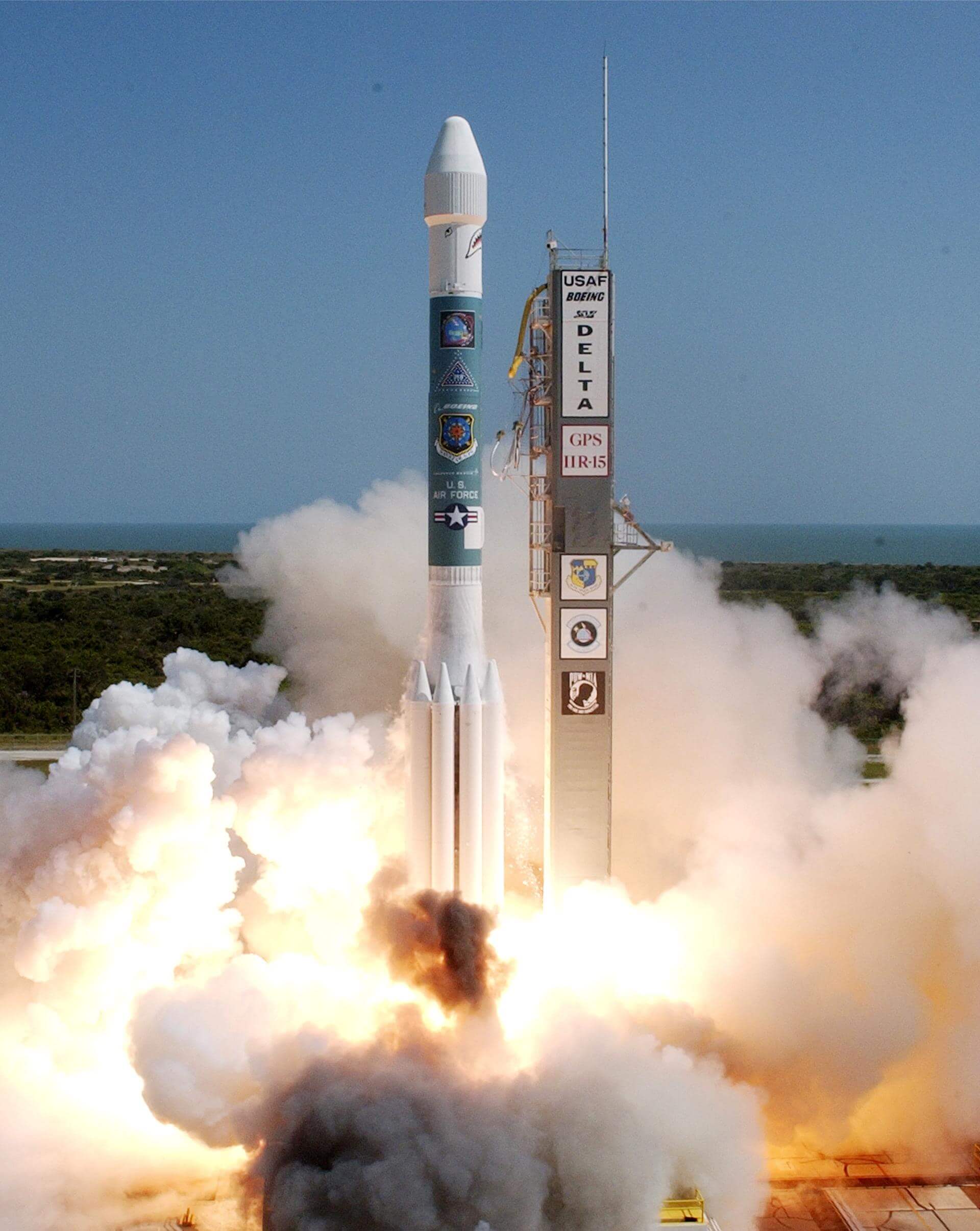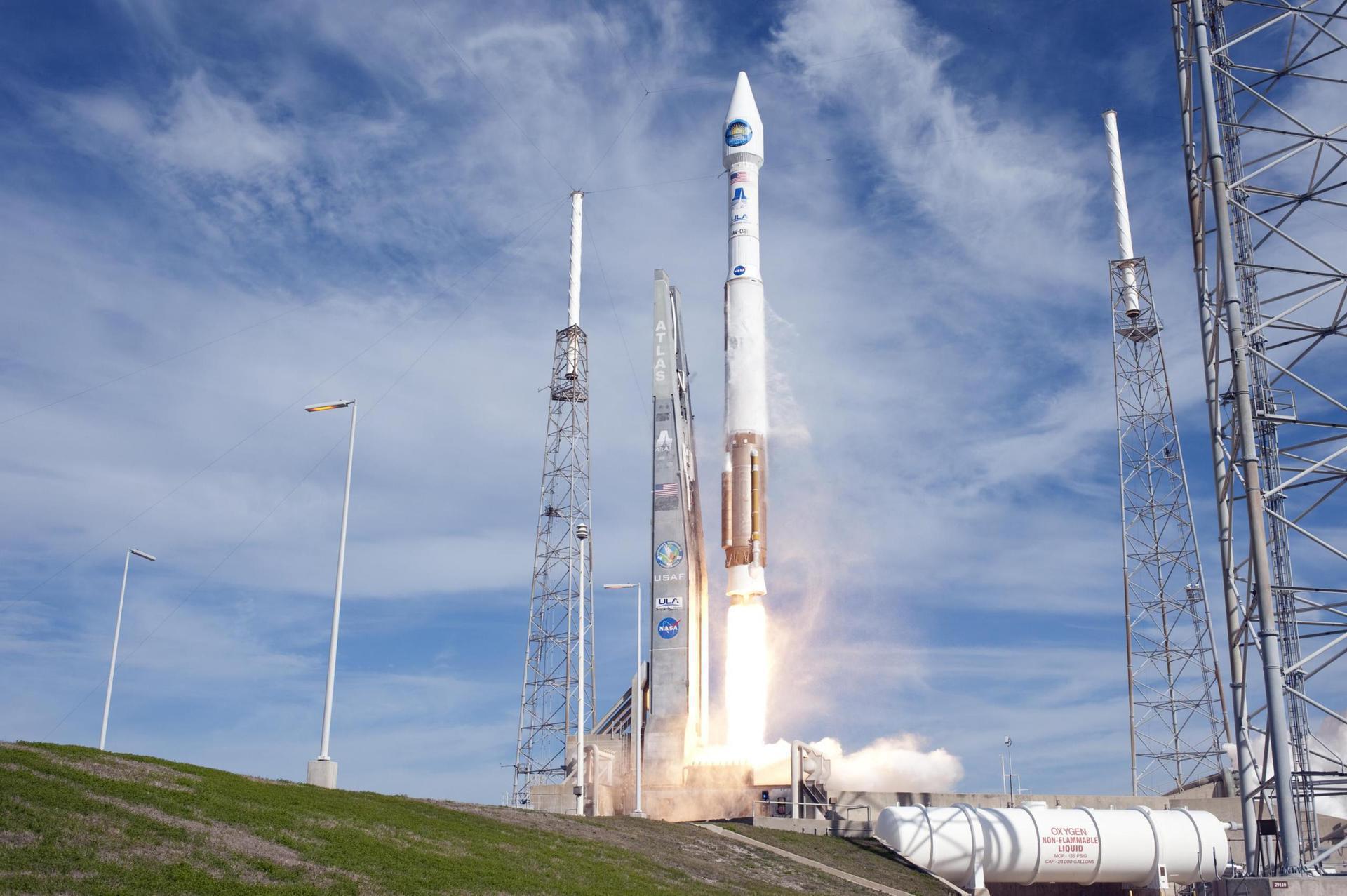Previous Spaceflight Launches
Filter by Agency, Locations or Vehicles
Show All LaunchesAriane 5 G | Optus and Defence C1 & BSAT-2c
ArianeGroup | FranceGuiana Space Centre, French Guiana
June 11, 2003, 10:38 p.m.
Delta II | Spirit Rover
United Launch Alliance | United States of AmericaCape Canaveral SFS, FL, USA
June 10, 2003, 5:58 p.m.
Status: Launch Successful
Mission:
Spirit, also known as MER-A, is a robotic rover on Mars, active from 2004 to 2010. It landed successfully within the impact crater Gusev on Mars at 04:35 Ground UTC on January 4, 2004, three weeks before its twin, Opportunity (MER-B), which landed on the other side of the planet. The rover became stuck in a "sand trap" in late 2009 at an angle that hampered recharging of its batteries; its last communication with Earth was sent on March 22, 2010.
Mars OrbitZenit | Thuraya 2
Sea Launch | RussiaSea Launch
June 10, 2003, 1:55 p.m.
Soyuz U | Progress M1-10
Russian Federal Space Agency (ROSCOSMOS) | RussiaBaikonur Cosmodrome, Republic of Kazakhstan
June 8, 2003, 10:34 a.m.
Proton-K/Briz-M | AMC 9
Khrunichev State Research and Production Space Center | RussiaBaikonur Cosmodrome, Republic of Kazakhstan
June 6, 2003, 10:15 p.m.
Kosmos-3M | Parus 94
Russian Space Forces | RussiaPlesetsk Cosmodrome, Russian Federation
June 4, 2003, 7:23 p.m.
Soyuz-FG | Mars Express
Progress Rocket Space Center | RussiaBaikonur Cosmodrome, Republic of Kazakhstan
June 2, 2003, 5:45 p.m.
Status: Launch Successful
Mission:
Mars Express is a space exploration mission being conducted by the European Space Agency (ESA). The Mars Express mission is exploring the planet Mars, and is the first planetary mission attempted by the agency. Mars Express consists of two parts, the Mars Express Orbiter and Beagle 2, a lander designed to perform exobiology and geochemistry research. Although the lander failed to fully deploy after it landed on the Martian surface, the orbiter has been successfully performing scientific measurements since early 2004, namely, high-resolution imaging and mineralogical mapping of the surface, radar sounding of the subsurface structure down to the permafrost, precise determination of the atmospheric circulation and composition, and study of the interaction of the atmosphere with the interplanetary medium.
Mars OrbitLong March 3A | Beidou Daohang Shiyan Wei. 3
China Aerospace Science and Technology Corporation | ChinaXichang Satellite Launch Center, People's Republic of China
May 24, 2003, 4:34 p.m.
Atlas V 401 | Hellas Sat 2
United Launch Alliance | United States of AmericaCape Canaveral SFS, FL, USA
May 13, 2003, 10:10 p.m.
M-V | Hayabusa
IHI Corporation | JapanUchinoura Space Center, Japan
May 9, 2003, 4:29 a.m.
Status: Launch Successful
Mission:
MUSES-C (renamed Hayabusa after launch) is a sample return mission to the asteroid. Its primary goal is to acquire and verify technology which is necessary to retrieve samples from a small body in the solar system and to bring back them to the earth.
Asteroid









